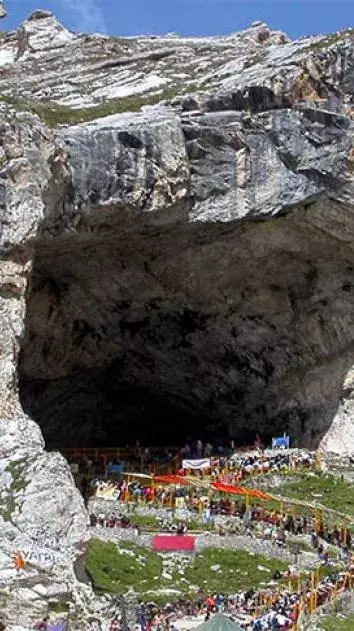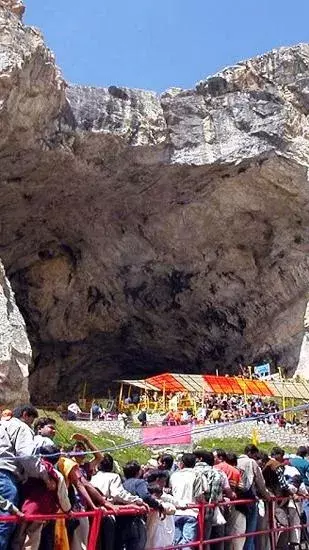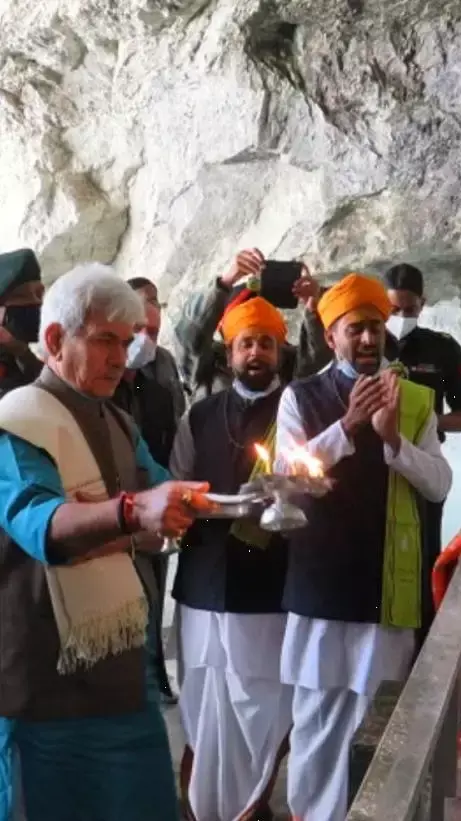
Six Key Facts About the Amarnath Cave and Yatra

The ice stalagmite in the Amarnath cave, considered to be a natural representation of Lord Shiva, forms naturally from the water droplets that trickle from the roof of the cave. The formation of the Shivling coincides with the lunar calendar, increasing and decreasing in size with the phases of the moon.

The cave was discovered by a Muslim shepherd named Buta Malik in the 15th century. According to legend, Malik was given a sack of coal by a sage, which later turned into gold, leading him to the cave.

The Amarnath cave is mentioned in ancient texts such as the Nilamata Purana, which suggests that the cave has been a site of pilgrimage for over 5,000 years.
The Amarnath Yatra is traditionally undertaken during the Hindu month of Shravan (July-August). The journey is considered highly sacred, with devotees believing that it washes away their sins and brings them closer to moksha (liberation).
According to Hindu mythology, the cave is the place where Lord Shiva revealed the secret of immortality (Amar Katha) to his consort, Parvati. To ensure that no living being heard the secret, he left behind all his belongings, including Nandi the bull, at Pahalgam, his snake at Chandanwari, and his son Ganesha at Mahagunas Parvat.
The trek to the Amarnath cave is challenging due to its high altitude, reaching up to 3,888 meters (12,756 feet) above sea level. The trek typically starts from either Pahalgam or Baltal, with the Pahalgam route being longer but more popular among pilgrims.